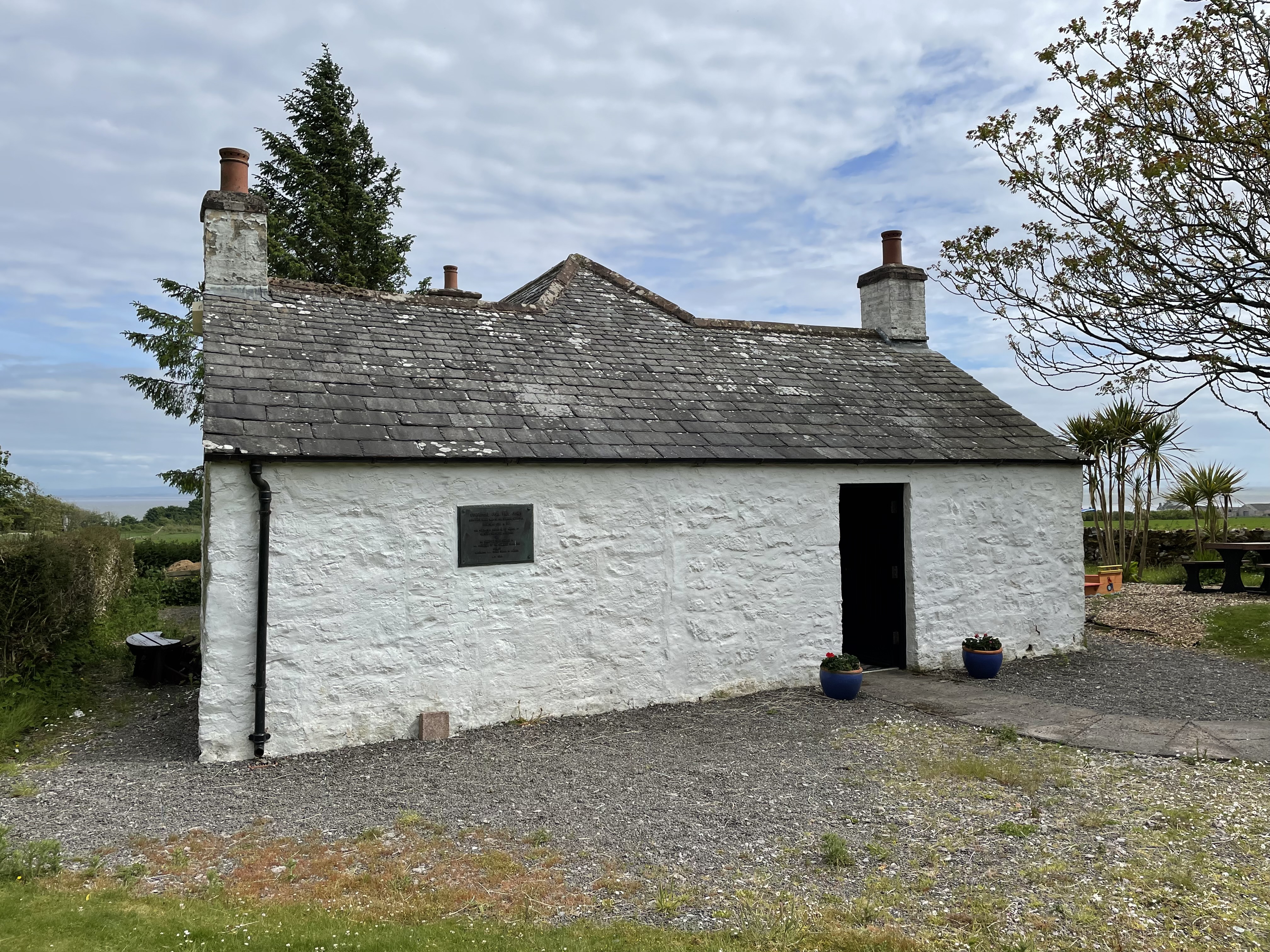Borron Hill
Hill, Mountain in Kirkcudbrightshire
Scotland
Borron Hill

Borron Hill is a prominent hill located in the historical county of Kirkcudbrightshire, in the southwest of Scotland. Situated near the town of Castle Douglas, Borron Hill is part of the larger Galloway Hills range.
Standing at an elevation of approximately 447 meters (1,467 feet), Borron Hill offers breathtaking panoramic views of the surrounding countryside. Its location on the edge of the Galloway Forest Park, a designated Dark Sky Park, makes it an ideal spot for stargazing and experiencing the beauty of the night sky.
The hill is accessible via various walking trails, with the most popular route starting from the nearby village of Laurieston. The ascent to the summit is relatively moderate, making it suitable for hikers of various skill levels. Along the way, visitors can enjoy the diverse flora and fauna of the area, including heather, bilberries, and a variety of bird species.
At the top of Borron Hill, visitors are rewarded with stunning views across the rolling hills and fertile farmland of Kirkcudbrightshire, as well as the picturesque Loch Ken. On clear days, it is even possible to catch a glimpse of the Solway Firth and the distant mountains of the Lake District in England.
Borron Hill is not only a popular destination for hikers and nature enthusiasts but also a place of historical significance. The hill is home to several prehistoric sites, including stone circles and burial cairns, which offer a glimpse into the ancient past of the region.
Overall, Borron Hill is a magnificent natural landmark that showcases the beauty and rich history of Kirkcudbrightshire, attracting visitors from near and far.
If you have any feedback on the listing, please let us know in the comments section below.
Borron Hill Images
Images are sourced within 2km of 54.904102/-3.5714866 or Grid Reference NX9957. Thanks to Geograph Open Source API. All images are credited.







Borron Hill is located at Grid Ref: NX9957 (Lat: 54.904102, Lng: -3.5714866)
Unitary Authority: Dumfries and Galloway
Police Authority: Dumfries and Galloway
What 3 Words
///scrum.imprints.goggle. Near Silloth, Cumbria
Nearby Locations
Related Wikis
John Paul Jones Cottage Museum
The John Paul Jones Cottage Museum is located on the Arbigland Estate near Kirkbean in the historical county of Kirkcudbrightshire, Dumfries and Galloway...
Kirkbean
Kirkbean (Scottish Gaelic: Cille Bheathain) is a Scottish village and civil parish on the Solway Firth, in the historic county of Kirkcudbrightshire and...
Southerness
Southerness (/sʌðə'nɛs/; Scots: Satterness) is a small, compact coastal village in Dumfries and Galloway, Scotland. Southerness is located approximately...
Southerness Lighthouse
Southerness lighthouse is located at the village of Southerness in South West Scotland. It is at present the second oldest lighthouse in Scotland. The...
Criffel
Criffel is a hill in the historical county of Kirkcudbrightshire, Dumfries and Galloway, south-west Scotland. It is 570 m (1,870 ft) high but appears higher...
Caerlaverock Castle
Caerlaverock Castle is a moated triangular castle first built in the 13th century. It is located on the southern coast of Scotland, eleven kilometres...
Abbey Vale F.C.
Abbey Vale Football Club are a football club based in the village of New Abbey in the historical county of Kirkcudbright shire in the Dumfries and Galloway...
Caerlaverock
Caerlaverock (; Scottish Gaelic: Cille Bhlàthain) is a civil parish in Dumfries and Galloway, Scotland. The parish was historically in Dumfriesshire....
Nearby Amenities
Located within 500m of 54.904102,-3.5714866Have you been to Borron Hill?
Leave your review of Borron Hill below (or comments, questions and feedback).

















